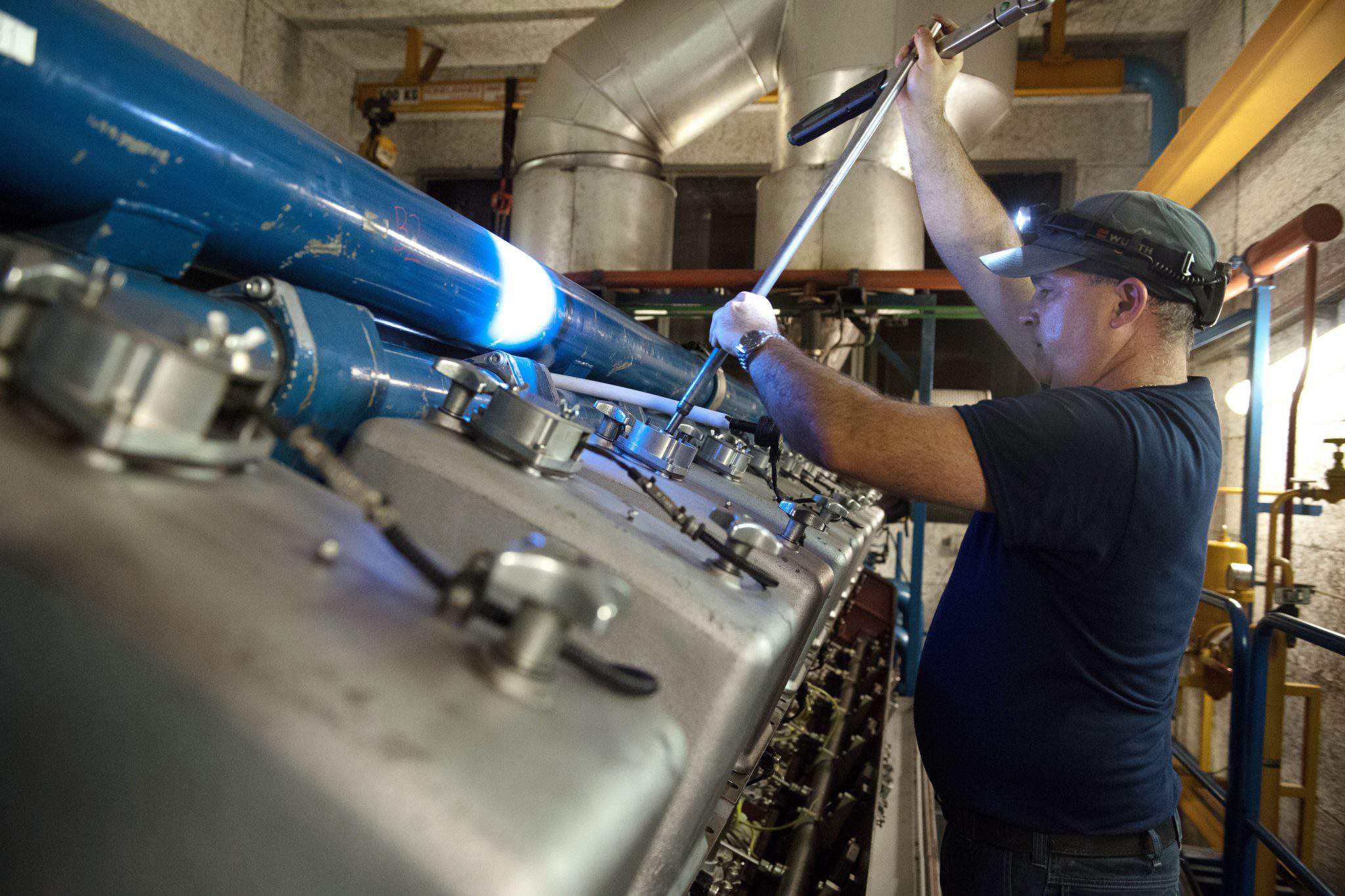Hungary’s rolling average three-month jobless rate stood at 3.6 percent – UPDATE

Hungary’s rolling average three-month jobless rate stood at 3.6 percent in May-July, the same as the previous period and down from 4.2 percent in the same period a year earlier, the Central Statistical Office (KSH) said on Wednesday.
The rate covers unemployment among those between the ages of 15 and 74.
In absolute terms, there were 166,200 unemployed in Hungary in May-July, 1,100 more than in April-June but 27,200 fewer than in the same period a year earlier.
The unemployment rate among 15- to 24-year-olds stood at 10.2 percent,
changing only marginally from a year earlier. Still, the age group accounted for about one-fifth of all unemployed, KSH noted. The unemployment rate for 25- to 54-year-olds dropped 0.5 percentage points to 3.2 percent and the rate among 55- to 74-year-olds was down 1.0 percentage point at 2.4 percent.
Out-of-work Hungarians spent about 15.5 months on average looking for employment during the period. About 38.1 percent of the unemployed had been seeking work for one year or longer.
The number of employed Hungarians during the period stood at 4,483,600, up 9,000 from the previous three-month period and up 50,000 compared to one year earlier.
The employment rate was 60.3 percent, slightly up from 60.2 percent in the previous period and up from 59.4 percent from a year earlier.
The employment rate in May-July was 67.9 percent for men and 53.1 percent for women.
The number of employed included 159,100 Hungarians in fostered work programmes and 107,300 working abroad.
[button link=”https://dailynewshungary.com/tag/labour-market/” type=”big” color=”red” newwindow=”yes”] Read more news about HUNGARIAN LABOUR MARKET![/button]
KSH defines “employed” in line with International Labour Organisation standards as anybody who worked one or more hour a week or was temporarily absent from their job during the survey week. The data also include those employed in public work schemes and those working abroad for less than one year.
Commenting on the data, Finance Minister Mihály Varga told public television M1 that the government’s new programme can help as many as 50,000 jobseekers to find employment in the primary market.
The current data puts Hungary third behind Germany and the Czech Republic regarding the unemployment rate in the EU, Varga said. The number of those holding jobs in the country is at an all-time high since the first data published in 1992, he said. The data also shows that the number of those in fostered work schemes and those working abroad has also fallen, he said.
Péter Virovacz of ING Bank said employment numbers are at a new high, with the number of economically inactive people even lower than in June. This shows that rising wages still have the ability to stir the group of inactive people. For the year ING expects unemployment to be around 3.5 percent.
Analyst András Horváth of Takarekbank said the unemployment rate could fall to 3.1 percent by the end of summer and average 3.5 percent for 2018. The Hungarian economy is getting close to full employment but there is still a 500,000 surplus of available potential workers, he added.
K + H Bank chief analyst Dávid Németh said the economy is practically at full employment, those that are not working could only be enticed to enter the labour market only with great difficulty, or not at all. The unemployment rate could remain around 3.6 percent for 2018.
As we wrote before, because of the labour shortage and the low prestige of the job, nobody wants to work on dairy farms in Hungary. Furthermore, Ukrainians, Romanians, and Serbs move to Austria. Therefore, Hungarian farm owners recruit new workers in India who have swiftly become indispensable on their cattle farms, read more HERE.
Photo: MTI
Source: MTI

